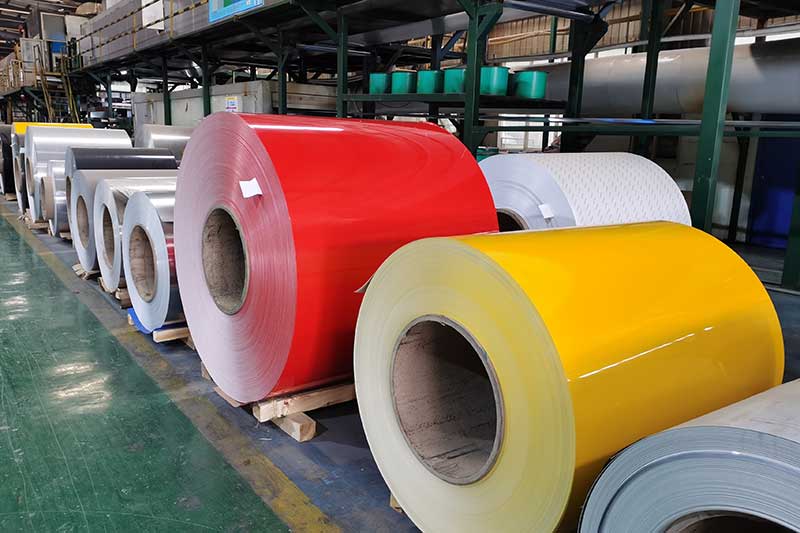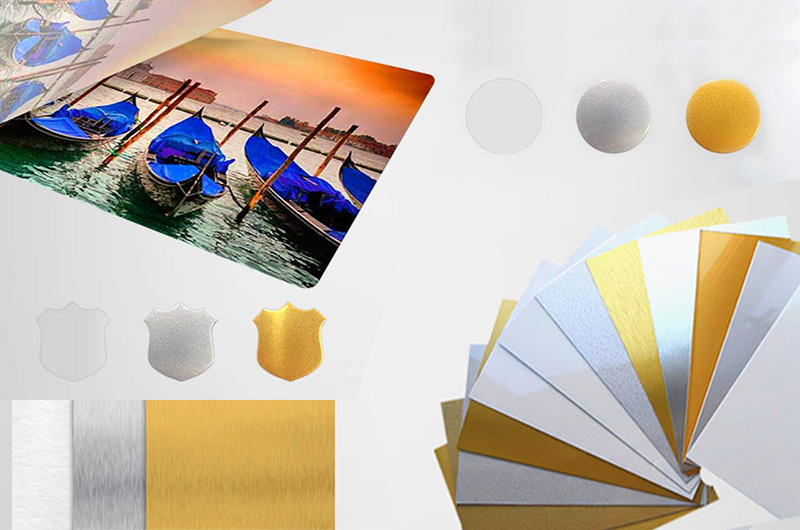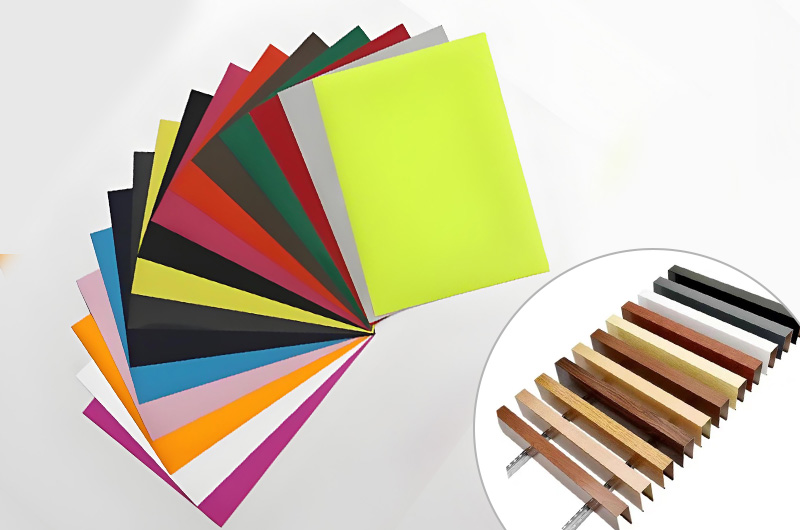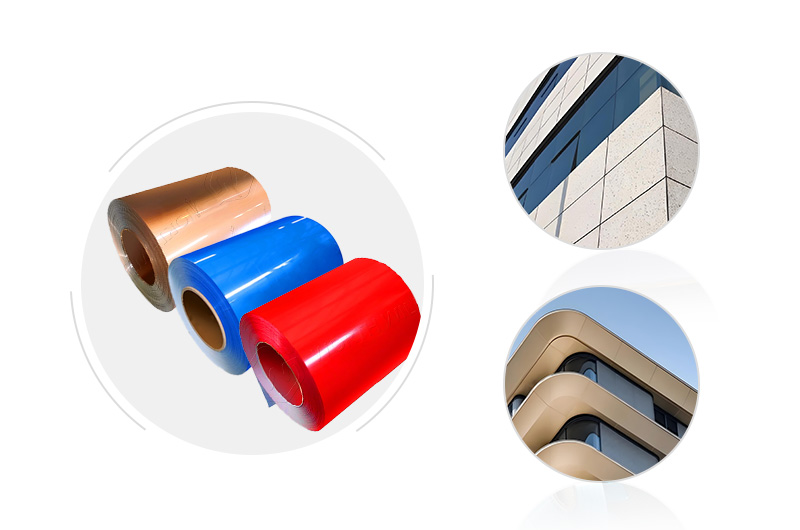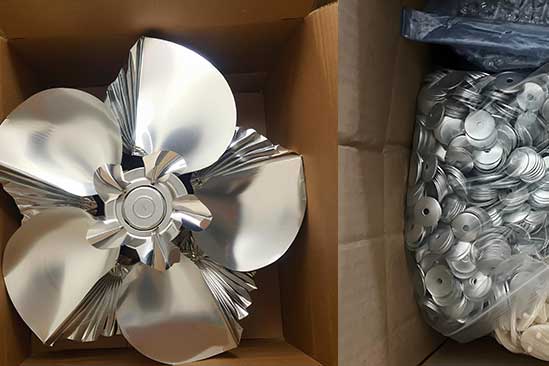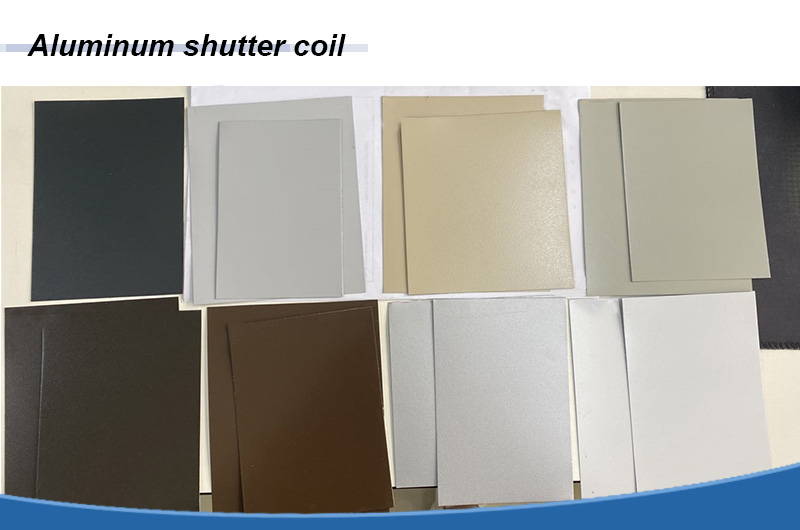11 Differences Between DC and CC Aluminum Circle and Disc
Imagine this scenario: Your team has spent weeks preparing for a cookware order, only to watch 30% of the aluminum discs crack during deep drawing; or you choose a "cost-effective" option to save money, but the final product has significant color inconsistencies after anodizing, resulting in the loss of a key customer.
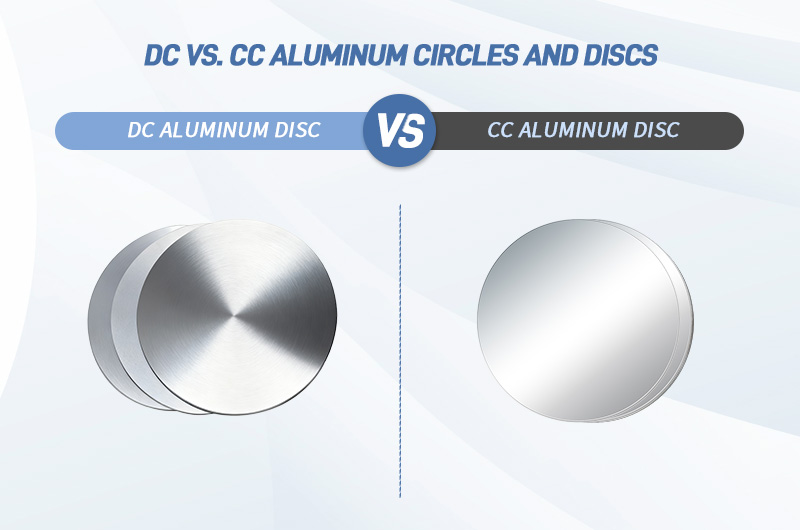
For manufacturers in the cookware, new energy components, and building decoration industries, choosing between DC (drawn and cold-rolled) and CC (continuously cast) aluminum discs is not just a matter of material selection—it directly impacts product quality, customer satisfaction, and even profitability.
These 10 key differences will help you make the right choice every time.
1. Manufacturing Process: Precision vs. Speed
DC (Direct Chill Casting) discs follow a rigorous, multi-step process:
- Aluminum ingots are heated to 500–550°C, hot-rolled into thick plates (400–500mm), then homogenized at 450–500°C to eliminate internal stress.
- Surface segregation layers are removed via milling, followed by cold rolling and stamping.
This extra precision takes time but eliminates weak points.
CC (Continuous Casting Rolling) discs prioritize speed:
- Molten aluminum is directly fed into water-cooled rolls, solidifying and rolling into thin sheets (8mm) in one pass.
- No hot rolling, homogenization, or milling—cold rolling straight to final thickness (0.5–6mm).
Faster? Yes. But it skips critical quality checks.
2. Grain Structure: Uniformity vs. Anisotropy
Under a microscope, the difference is stark:
- DC aluminum circle and discs have fine, equiaxed grains (≈20μm) that are evenly distributed. This means consistent strength across all directions—critical for deep drawing.
- CC aluminum circle and discs have elongated grains (≈40μm) aligned with the rolling direction. This creates anisotropy: the material is weaker horizontally, leading to cracks when stretched.
3. Mechanical Properties: Strength vs. Fragility
Tensile tests tell the truth:
- DC aluminum circle and discs: Tensile strength of 200–300MPa, elongation ≥20%. They handle deep drawing (e.g., 40cm-tall pressure cookers) without breaking.
- CC aluminum circle and discs: Tensile strength of 150–250MPa, elongation ≤15%. Deep drawing beyond 25cm often results in fractures—limiting you to simple shapes like flat pans.
4. Surface Quality: Smooth vs. Imperfect
Finish matters for end products:
- DC Aluminum Circles and Discs: Feature a flat and smooth surface with a surface roughness (Ra) typically ≤ 0.8μm; the variation in Ra across the entire disc is ≤ 0.2μm. They have a thin and uniform oxide film, with no graphite residue (a common byproduct of the CC process), making them highly suitable for anodization processing.
- CC Aluminum Circles and Discs: Have high surface roughness, with a surface roughness (Ra) typically ≥ 1.2μm; Ra at the edges can reach up to 2.0μm. The surface has longitudinal "stripes" (with sudden local increases in Ra) and often exhibits longitudinal "white streaks". They may also retain graphite lubricant used during casting and rolling, and are prone to color variations and obvious defects after anodization.
5. Chemical Uniformity: Consistent vs. Segregated
Alloy consistency prevents defects:
- DC aluminum circle and discs: Milling and homogenization eliminate segregation. Alloy elements (e.g., manganese in 3003 series) are evenly distributed, so no spotty performance.
- CC aluminum circle and discs: Rapid cooling creates 1mm-wide segregation bands. Impurities cluster in these zones, causing unpredictable failure in precision parts.
6. Hydrogen Content & Defects: Low-Risk vs. High-Risk
Hydrogen causes porosity—an invisible threat:
- DC aluminum circle and discs: Strict refining keeps hydrogen content ≤0.12cm³/100g Al. Few to no pores, so parts hold up under pressure (e.g., hydraulic components).
- CC aluminum circle and discs: Hydrogen content hits 0.15–0.2cm³/100g Al. Porosity and inclusions are common, risking leaks in high-pressure applications.
7. Cost: Investment vs. Savings
Budget isn’t just about upfront price:
- DC aluminum circle and discs: 15–30% more expensive than CC. But lower scrap rates (often <5% vs. CC’s 10–15%) and fewer reworks offset the cost for high-end products.
- CC aluminum circle and discs: Cheaper upfront, but higher waste and limited application range. Only cost-effective for low-stress parts (e.g., decorative trim).
8. Applications: High-Performance vs. Basic
Match the disc to your product:
- DC aluminum circle and discs: Best for deep-drawn cookware (pressure cookers, non-stick pans), renewable energy components (solar panel frames), and aerospace parts—where reliability is non-negotiable.
- CC aluminum circle and discs: Suit flat cookware (frying pans), architectural cladding, and lamp housings—applications with no deep drawing or strict finish requirements.
9. Anodization Results: Consistent vs. Uneven
For parts that need color and corrosion resistance:
- DC aluminum circle and discs: Anodize to a uniform, high-gloss finish. The oxide layer adheres tightly, withstanding 500+ hours of salt spray testing.
- CC aluminum circle and discs: Anodization leads to patchy color and thin oxide layers. They fail salt spray tests in 200–300 hours—unsuitable for outdoor or high-moisture use.
10. Production Efficiency: Small-Batch Precision vs. Large-Scale Volume
Scale matters for lead times:
- DC lines: Low output (a few tons per day) but excel at small-batch, custom orders (e.g., limited-edition cookware).
- CC lines: High output (dozens of tons per day) for large-scale orders (e.g., 10, 000+ architectural discs).
11. Suitable Alloys
- DC Aluminum Circles and Discs: Supports a diverse range of alloys, including high-purity pure aluminum (Series 1), aluminum-manganese (Series 3), and aluminum-magnesium (Series 5). Examples: 1050, 1060 (Series 1); 3003, 3A21 (Series 3); 5052, 5083 (Series 5).
- CC Aluminum Circles and Discs: Is suitable for high-purity pure aluminum (Series 1) and aluminum-manganese (Series 3). Examples: 1060, 1070 (Series 1); 3003.
Final Call: Stop Guessing—Start Testing
There’s no "better" option—only the right one for your process:
- Choose DC aluminum circle if you need deep drawing, uniform finishes, or high strength.
- Choose CC aluminum circle if you’re making basic parts and prioritize cost/speed.
The next step is simple: request sample discs from us immediately and test them in your actual production process (such as deep drawing or anodizing) to see which one performs best for your needs. This small initial investment can help you avoid costly mistakes during large-scale production and protect your profits.
